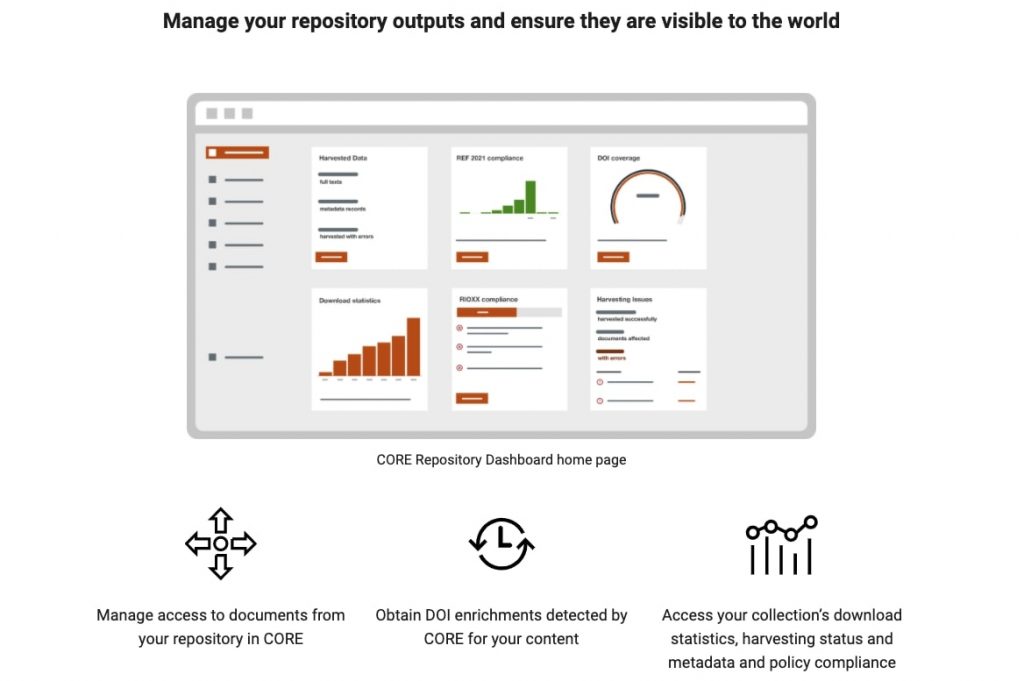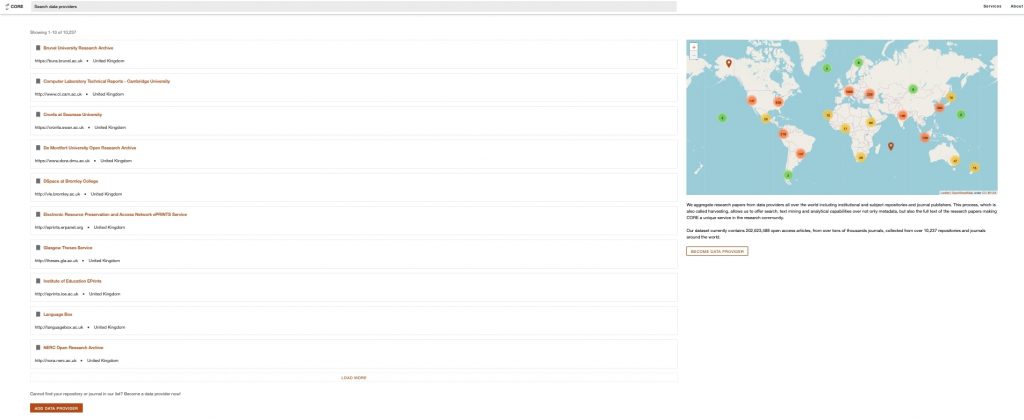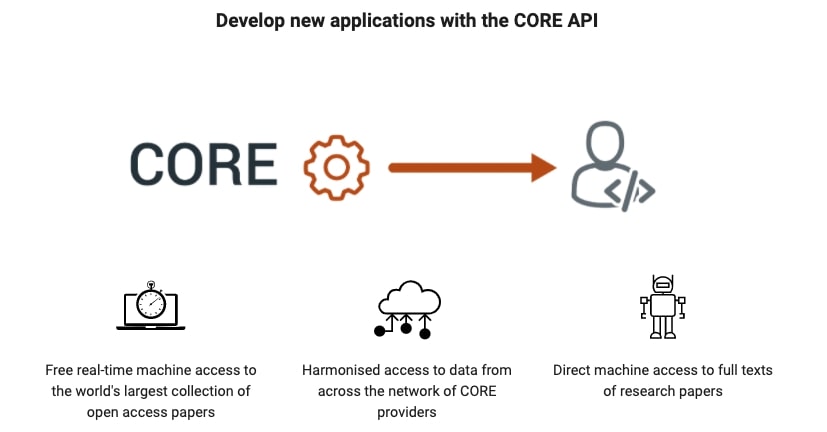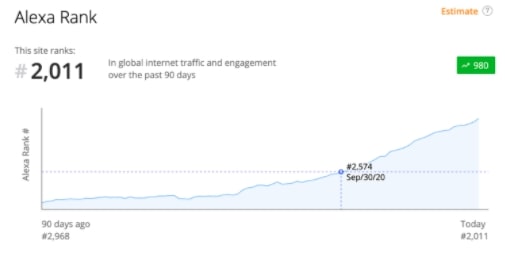The team continues to work on improving CORE. This period was a highly productive period for CORE in terms of growing and developing our products.
- CORE’s dashboard
- Improving access to the CORE Repository Dashboard
- Improving data provider registration
- CORE’s team involves an international event on processing research papers
- CORE Discovery and repositories
- CORE’s work on product improvement
- Statistics
CORE’s dashboard
Our team has been working on the CORE Repository Dashboard, which was released publicly on July 10th. Our team refreshed the UX with a smart new navigation for managing repository content. In addition, repositories are now enriched with REF2021 compliance tools.

Improving access to the CORE Repository Dashboard
New data providers registered with CORE will be able to claim ownership of their repository and get a free account for the CORE Repository Dashboard. Via the Repository Dashboard, they can gain full control of how CORE sees their data, manage content and connect to additional CORE resources and services. More details have been recently presented via a blog post.
Improving data provider registration
In an attempt to improve our collaboration with our data providers and make it easier for them to join the CORE collection, we have created a web form. The form requests data providers to fill in the repository’s or journal’s main page url and it then automatically detects the OAI base url of most common repository and journal software and automatically collects any additional metadata. This provides an innovative and efficient new system for adding new data providers to CORE which will speed up the process of joining CORE for new data providers.

CORE’s team involves an international event on processing research papers
The CORE team involves the 8th international workshop on mining scientific publications, a virtual workshop collocated with Joint Conference on Digital Libraries (JCDL 2020).
This workshop aimed to bring together people from different backgrounds who:
- have experience with analysing and mining databases of scientific publications,
- develop systems that enable such analysis and mining of scientific databases (especially those who publish databases) or
- who develop novel technologies that improve the way research is being done.
Access more information about the workshop, and read more details of that day.

CORE Discovery and repositories
CORE Discovery, which helps users to discover freely accessible copies of research papers, has been mentioned as one of the ways to improve collaboration between science and users to get to academic content. More information can be found at Aaron Tay’s blog post.

CORE’s work on product improvement
We started a public consultation on the new version of the CORE API, this will help us understand what is the best way to expose CORE data to the users in a machine readable form.
Additionally, CORE and the CRIS system Pure have entered into a collaboration and as a result of this PURE users are now able to import CORE metadata into their CRIS system. As a side benefit, this will also improve CORE’s harvesting for PURE systems.
With regards to harvesting improvements, the OAI-PMH field dc.language is now stored in the CORE database. This improves the way we classify content in CORE and identifies possible mismatches between language in the metadata record and in the full text. Our goal is to communicate these discrepancies to repository managers in order to improve metadata quality.

Statistics
With regards to the CORE statistics for the period of July – September 2020:
- Content: CORE increased the number of full texts by merging data with other large scholarly databases.191.7 million metadata records are available on API and more than 24 million full-text records.
- Data providers: CORE has added 82 new data providers, increasing the content providers’ number from 10135 to 10217
- Global rank: As of the end of September 2020 CORE was the 2574th top website by user engagement globally, according to the independent Alexa Global Rank. This rank is calculated from a combination of daily visitors and page views on a website over a 3 month period.

The CORE Team
